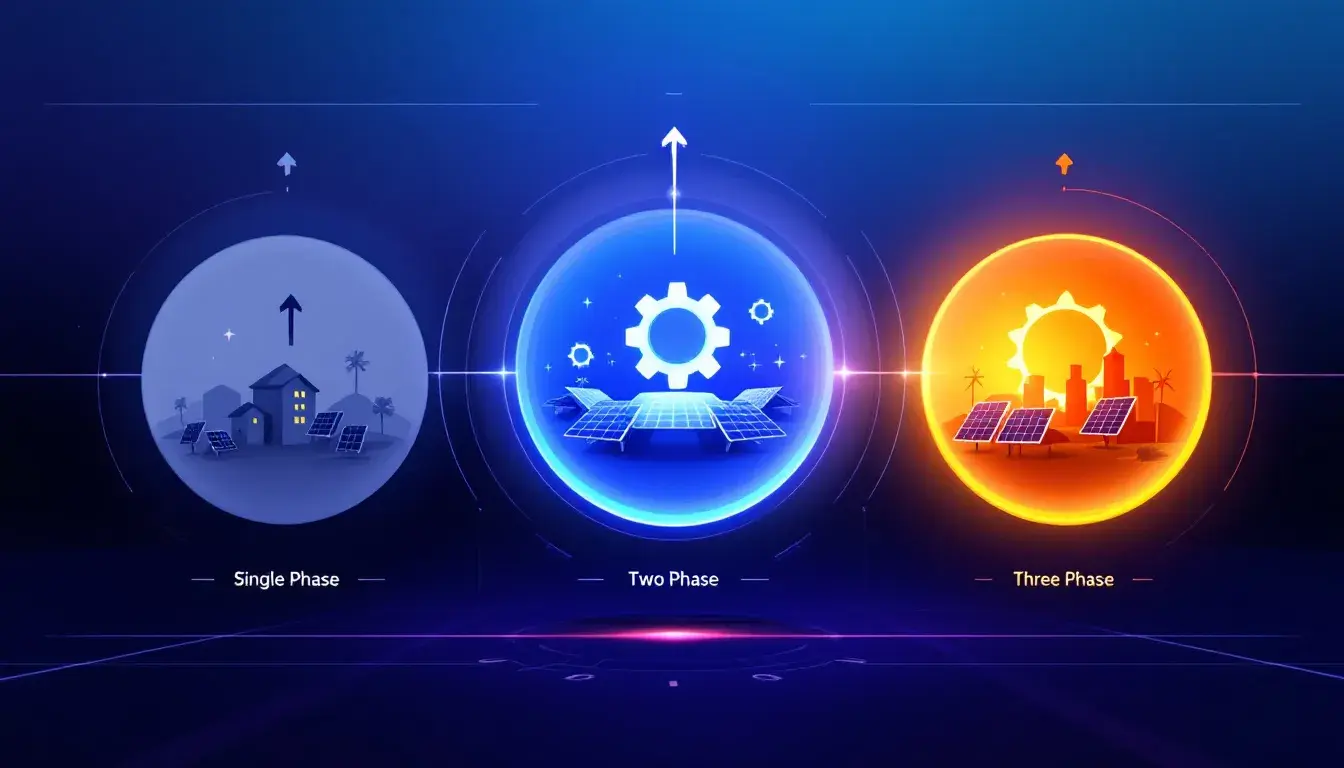How to Choose a DC Circuit Breaker?
Table of Contents
ToggleNo matter which DC powered system you are outfitting, properly selecting and installing circuit breakers is crucial for safety and long-term reliability. But with so many breaker types, sizes, and tricks to the trade, how do you make the right choice? Let’s break down the key factors.
Key Considerations
There are a few major things to evaluate when choosing DC breakers:
Voltage Rating
DC breakers are rated for specific voltage ranges, so this must exactly match your system voltage. 12V automotive circuits use 12V or 12-32V breakers. Marine tinned copper wire needs higher 32V or 50V ratings. Overvolting a circuit breaker for DC voltage risks failure or fire. Always stay within the voltage window marked on the breaker.
Current Rating
This reflects the maximum continuous load the breaker can safely handle indefinitely. It’s listed as amps (A) and must exceed the total draw of everything downstream on that circuit. Include start-up surge loads from motors too. Unsure of the draw? Rate for 125% of wire capacity as a safety factor.
Interrupting Capacity
Shown as “iC” or “IC”, this is the breaker’s short-circuit withstanding limit in kA (thousands of amps). Higher iC handles severe power surges safely without welding contacts. Use iC matching or exceeding the circuit’s maximum short-circuit current if possible. This protects wiring in failure modes.
Breaker Quality
Cheap breakers can fail to trip under load or arc weld shut. Stick with top brand names like Blue Sea Systems, Reliance or Westmarine for durability. Consider ones with sealed covers and vibration resistance for marine applications. Automotive circuits need breakers tolerant of engine heat.
DC Current Circuit Breaker Types
There are a few common breaker styles for DC circuits: thermal-magnetic, lithium cobalt charge-breakers, hydraulic, and PTC solid state. Each has pros and cons depending on the application:
Thermal-Magnetic
Extremely common due to low cost, these combine a temperature sensing bimetallic strip for overload with an electromagnetic coil for short circuits. Reset by turning the control knob after tripping. Basic but sturdy.
Lithium Cobalt “Charge-breaker”
Unique lithium battery chemistry maintains steady 3A maximum until voltage drops, then trips fast. Great for high-inrush loads like windshield wipers. No adjustment, automotive grade.
Hydraulic Circuit Breaker
Oil-immersed contacts cool slower than bimetals, so it handles high currents longer until hydraulic mechanism trips. Best for severe overloads but more expensive.
PTC Solid State Circuit Protection
Polymeric PTC (Positive Temperature Coefficient) thermistor materials gently limit currents to prevent component damage vs an abrupt breaker trip. Safer but lower 5-25A capacity than mechanical options.
Sizing Breakers Correctly
DC breakers are sized based on American Wire Gauge (AWG) ratings of the wiring being protected. Heavier gauge handles more current before overheating, so the breaker must allow that full capacity. Use wiring charts to check ampacity for each size.
Always derate breakers at 125% of wire capacity as an extra safety margin to prevent nuisance tripping from motor surge loads. Consider using multiple smaller breakers instead of one large breaker to isolate faults easier. And mark all breakers clearly for future identification!
Conclusion
With so many breaker options available, taking the time upfront to fully understand your system needs and apply the correct sizing formulas is vital. Properly installed high-quality DC circuit breakers safeguard valuable electronics and protect lives by preventing fires from overloads or short circuits down the line. TOSUNLux remains a premier global supplier of commercial circuit protection products to ensure your safety always comes first.
Tel: +86-577-88671000
E-mail: ceo@tosun.com
Skype: tosunelectric
Wechat: +86-139 6881 9286
WhatsApp: +86-139 0587 7291
Address: Room No.1001 Wenzhou Fortune Center,Station Road, Wenzhou, China
REQUEST A QUOTE
WhatsApp us
 : +86-139 0587 7291
: +86-139 0587 7291 English
English Español
Español Русский
Русский Français
Français العربية
العربية Português do Brasil
Português do Brasil Українська
Українська Türkçe
Türkçe Polski
Polski Nederlands
Nederlands Italiano
Italiano Bahasa Indonesia
Bahasa Indonesia हिन्दी
हिन्दी اردو
اردو አማርኛ
አማርኛ Հայերեն
Հայերեն ไทย
ไทย Монгол
Монгол فارسی
فارسی Shqip
Shqip Ελληνικά
Ελληνικά


